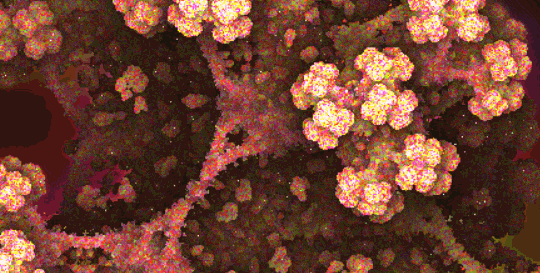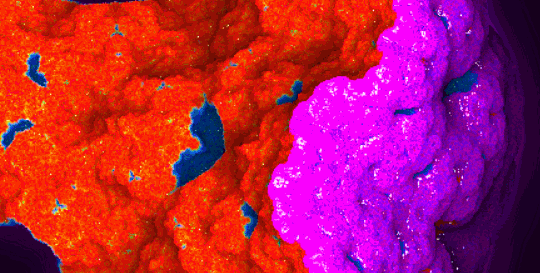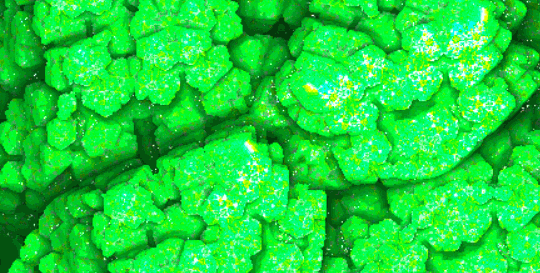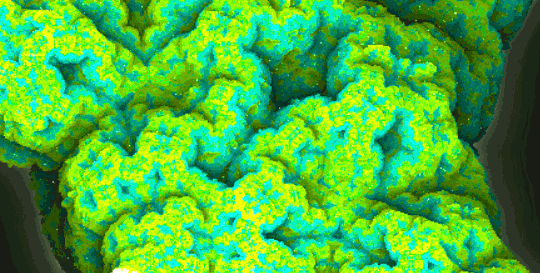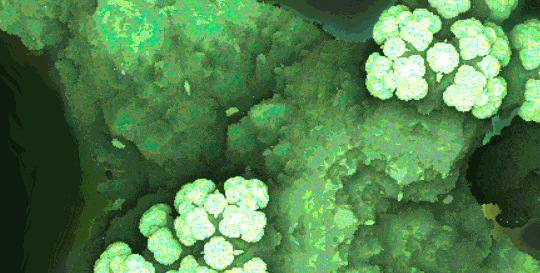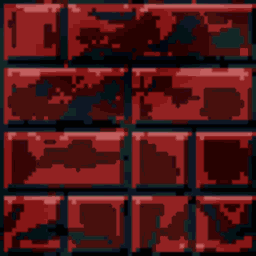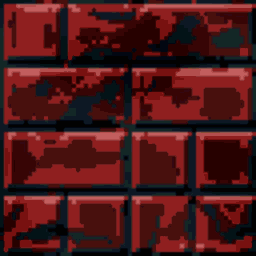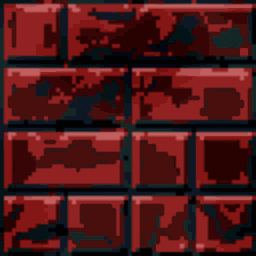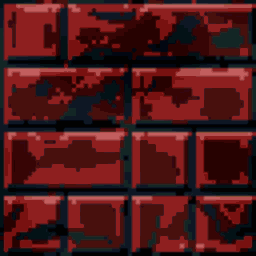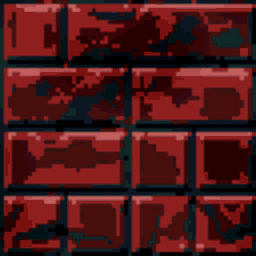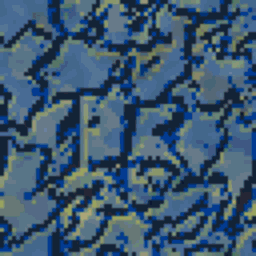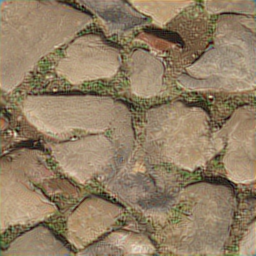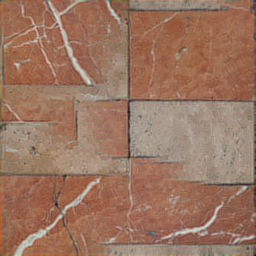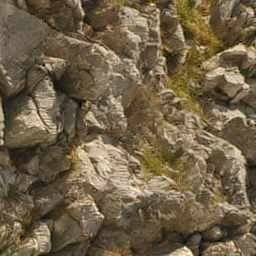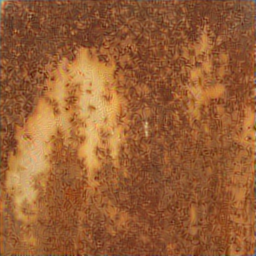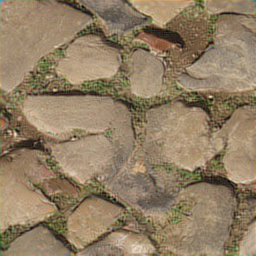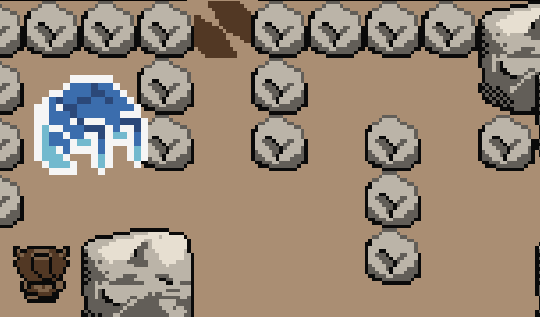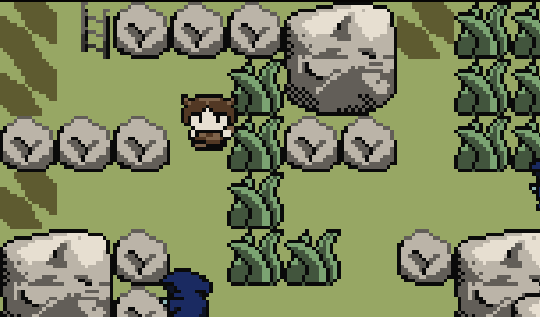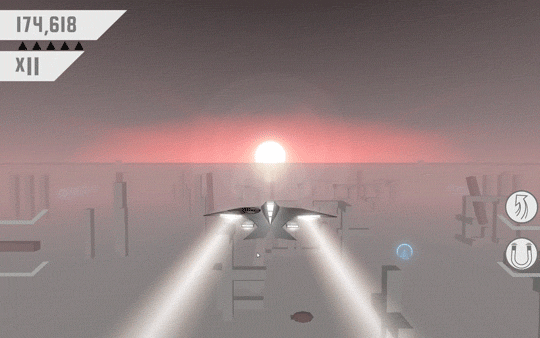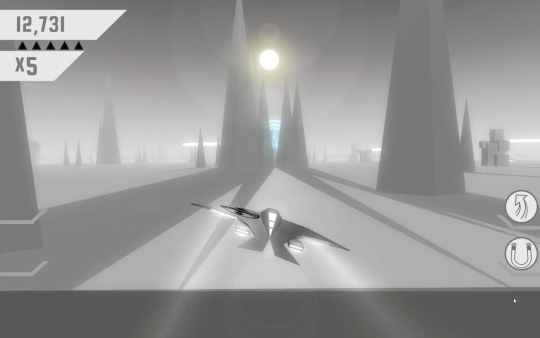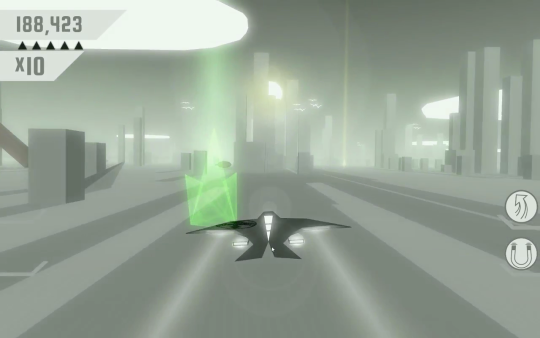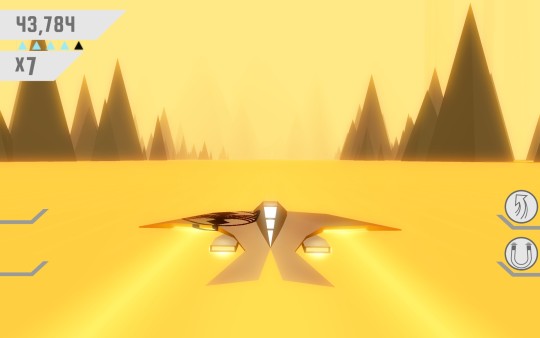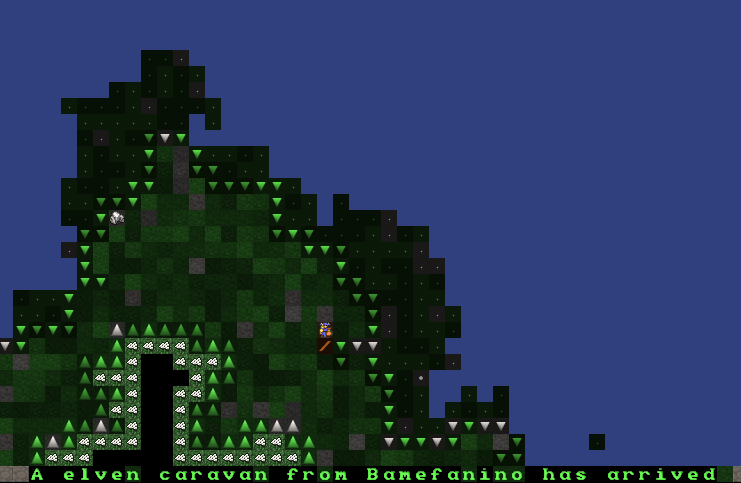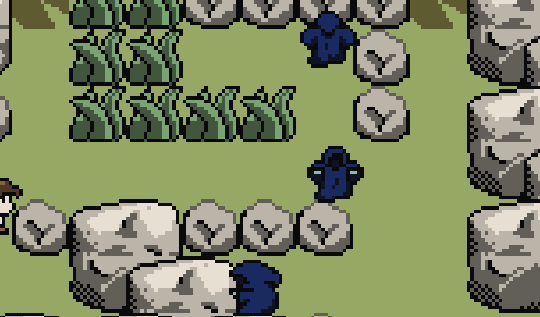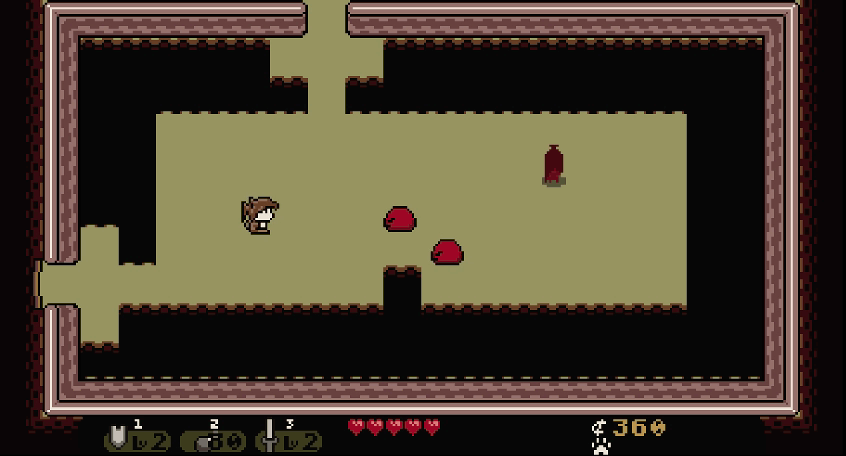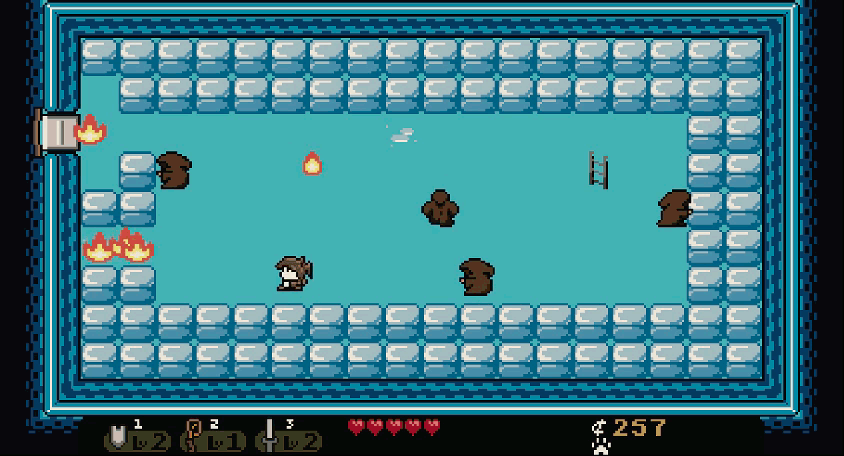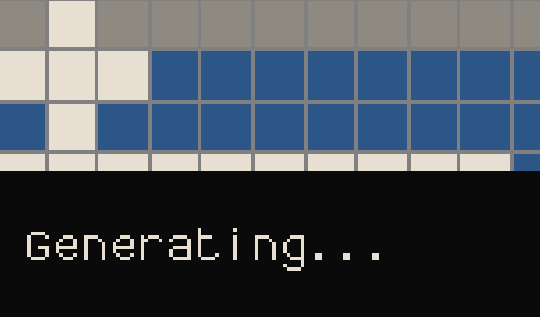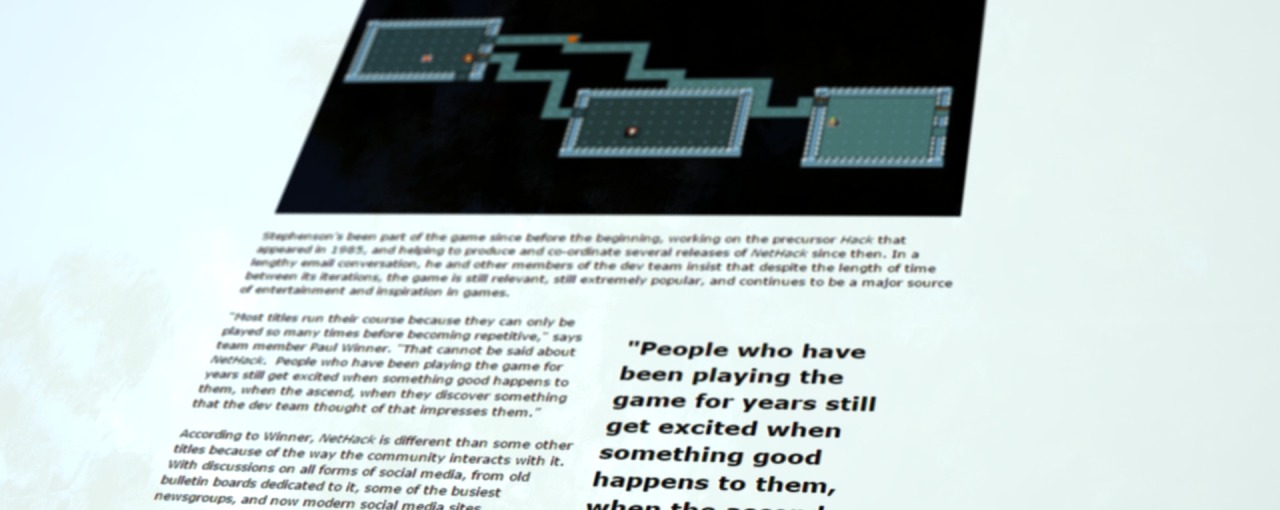Procedural Worlds, Handmade Details
Ultima Ratio Regum is probably the most radically experimental roguelike games that I haven’t talked about here yet. Dr. Mark Johnson gave a talk at GDC Europe 2015 about the balance between using handmade content and procedural content.
Both ways to create content have benefits and drawbacks, and different kinds of games are better with different ratios between them. For example, Dungeon Crawl Stone Soup uses hand-made vaults to supplement its procgen dungeon layouts, and Spelunky has a progression chain of handmade secrets that must be accessed via mastery of the procedurally generated challenges along the way.
Ultima Ratio Regum is attempting the procedural generation of more abstract, qualitative concepts: not just map generation, but the generation of cultures, societies, religions, and behavior. Since these generators are difficult to build, Mark Johnson supplements them with hand-made unique content. For example, a religious altar generator can create either a totally procedurally generated, or draw from a few hand-made templates.
Mark Johnson posits two types of ways to integrate procgen and handmade content: overlaying, where a handmade thread runs throughout the game, such as in Spelunky or FTL; and integrating, where the two are intertwined, as in Dungeon Crawl Stone Soup and Ultima Ratio Regum.
He also asks the question: do we want to hide the differences between the two parts of the game? He points out that there are good arguments for both approaches, and I’m not sure that all of the potential tradeoffs have been explored at this point.

